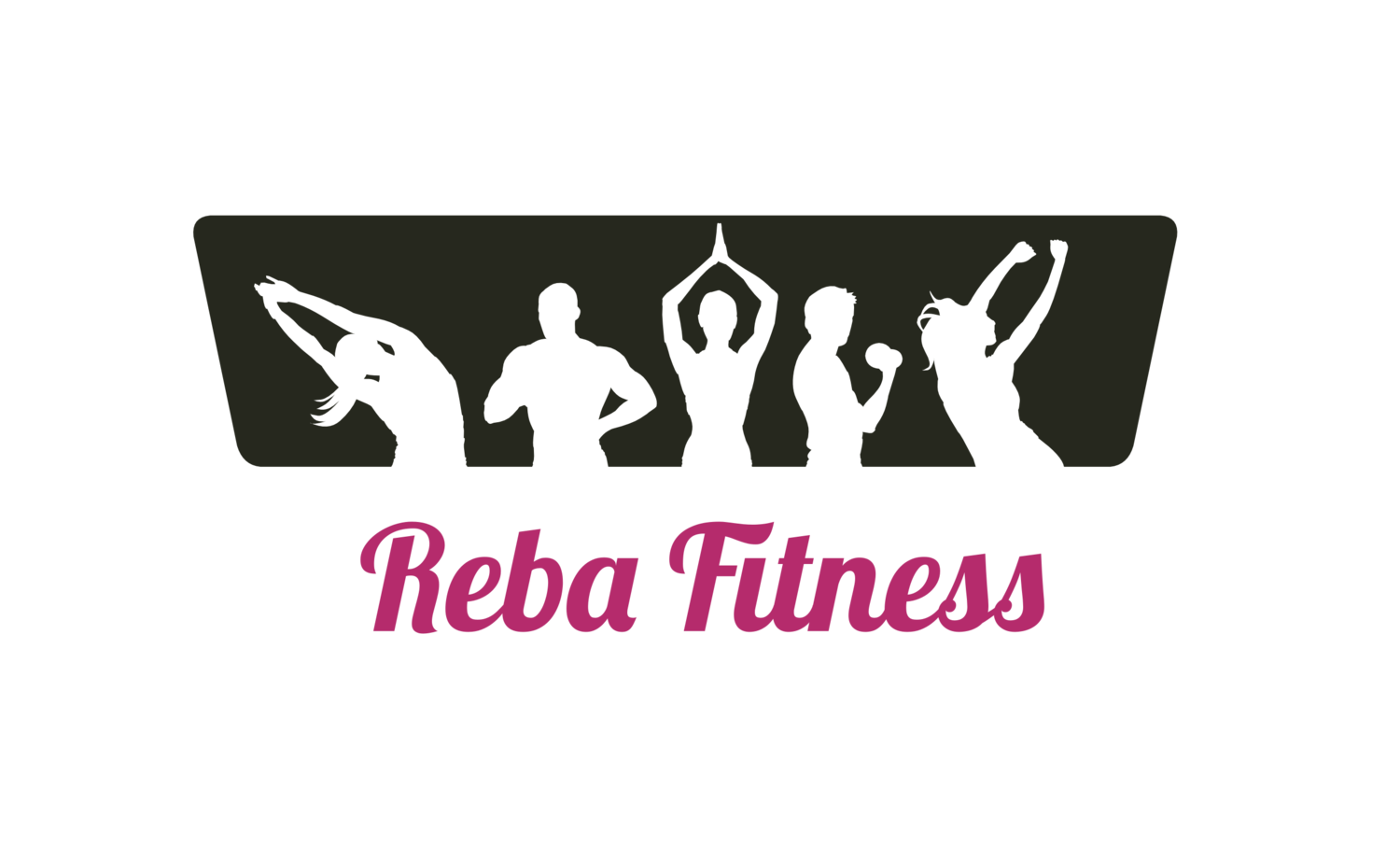We all have seen the ads for tonics, miracle vitamins, hormone therapy, cleanses and diets that have claimed to be the "Fountain of Youth" for those of us over age 50. The Fountain of Youth possesses the power to restore the youth of anyone who drinks from or bathes in its waters… or at least that's what legend would have you believe. Is there any truth to it? Nope! As a personal fitness trainer and over the age of 50 (I am 53), nothing can stop the natural progression of time, but you can control how your body ages by focusing on fitness over 50.
My goal as a trainer is to help people enjoy the most of life and to have the ability to do what they want to do when they want to do it.
You may not be as young as you used to be. None of us are. But the good news is that the way we approach life can slow down the aging process. Exercise for no other reason than to maintain health and slow down the aging process.
We all know those people who are more youthful, sharp, or on their game, as opposed to those who are not. We know these people are different. They seem full of vigor and as healthy as they were in their 30s while we notice other peers over 50 are suffering from high cholesterol, heart attacks, arthritis, obesity, neurological disorders, and, or lack of energy. Chances are they have learned a valuable lesson that is key to staying youthful.
While there may be not be an actual fountain of youth; I do believe that diet and exercise is the secret to youth. The more you strive toward physical fitness through staying physically active, the better you feel, and the more energy you will have.
Having an understanding of what happens to our bodies as we age gives us the ability to take steps to counteract the affects of aging. If we are fortunate, a regular exercise routine can make our physiological age a number of years younger than our chronological age.
Aging is not 1 Single Process
Physiological changes occur with aging in all organ systems. All vital organs begin to lose some function as we age during adulthood. Aging changes occur in all of the body's cells, tissues, and organs, and these changes affect the functioning of all body systems. Aging affects our skeletal structure, neural system, balance, immune, temporal system, which is timing or our rhythm. Obviously, aging effects our muscular system. Endocrine system which is the hormones we produce change along with the number of hormones we produce, and the hormone receptors we have in our body. Our cardiorespiratory system declines and we lose cognitive function if we don’t exercise.
Our cells are changing constatnly. We build new cells every day. We build new tissue everyday. Exercise stimulates production of tissue. Exercise can create new tissues in all the organs of the body. If we’re not exercising we’re not going to be as effective at doing that.
Over the age of 30, we can lose 10% of our muscle strength per decade without exercise. Most people begin to lose muscle mass after their 30s and sedentary people lose about 2% of their muscle strength every year after age 50. This muscle loss has many dangerous affects such as weight gain, lethargy, and unusual strain on the heart.
Men over 45 and women over 55 who get little or no exercise have a 70% higher risk of death from heart attack than those who exercise at least 3 times a week.
The loss of muscle is compounded by the 3% bone loss that occurs annually after age 50, especially for women. Weak muscles, weak bones, and extra weight can be a lethal combination.
Sedentary people are at high risk for age-related illnesses, loss of independence, and early death.
If we don’t exercise for any other reason, we should exercise to slow down the process changes in our body. All these processes are going to change during aging. But the right exercise, the right nutrition, the right recovery can slow down and maintain youthfulness.
It’s Never Too Late For Fitness
If you want to increase your chances of living into your 80s, 90s, or later, then you need to focus on fitness.
If you want to spend your later years independent, free to live life to the fullest, then now is the time for prevention. It is never too late to start.
If you make fitness a priority in your life, you will regain the stamina, strength, agility, health, and overall happiness you had in your younger days.
While any increase in activity is an excellent step, total fitness over fifty requires a plan that includes different types of exercise, good nutrition, and positive lifestyle changes.
Exercise is the fountain of youth
You need to be physically active every day. If you want to improve the longevity of your life, the quality of your life then you need to be physically active.
There are so many variables in fitness. But one thing I know for sure is that lack of physical activity will take years off your life. It will reduce your life span.
Exercising your muscles will increase not only your muscular strength but also your muscular endurance which is the ability to repeat a movement over and over again.
Even women in their 80’s & 90’s should be lifting weights because weight training will add bone density and improve cognitive function.
Collagen is a very important thing – especially with aging.
Collagen helps with elasticity of the muscle and structure of the muscle. The cool thing is that collagen also helps the skin. Proper exercise if applied regularly can induce a more youthful appearance and collagen architecture. It’s not something that’s going to happen in 2, 3 or 6 months. It can take up to two years and is a process which involves many types of multiplanor exercises including weight training, yoga, cardio and massage therapy.
Nutrition & Lifestyle
Even though exercise is a powerful way to make your body healthier, let's not forget that a total fitness plan should include good nutrition and positive lifestyle changes.
Just as everyone’s exercise needs vary, so do nutritional needs. A recommended calorie intake, along with protein, fat, carbohydrate, and fiber needs, will vary according to individual body, fitness goals, and level of activity. Changing eating habits from 3 large meals daily to 5 or 6 smaller meals throughout the day is recommended.
Lifestyle changes may seem an unusual component of a total fitness plan, but they are as essential as exercise and nutrition.
Your focus on fitness will be more successful if you eliminate, or at least reduce, your consumption of cigarettes, alcohol, or other substances that injure your body.
Getting a good nights rest is recommended along with reducing areas of stress that cause lack of motivation, poor nutrition, and generally promote poor health.
Maintain a positive attitude. Many of the men and women over 50 who have won awards for their healthy bodies insist that a positive mental outlook is the most essential part of a winning fitness plan.
Building Your Fitness Plan
A good exercise plan includes cardio, weight training, and flexibility training. The proportions of each will depend on your body and personal fitness goals.
Cardio workouts increase your blood flow, which strengthens your cardiovascular system and burns calories.
A weight training program will depend on your fitness goals. In general, weight training builds muscle and taxes your bones to make them denser.
If you want to get the sculpted physique of a bodybuilder, a more intense program will be required than if you just want to improve muscle tone and strength.
Weight training is typically done by focusing on one muscle group at a time or no more than two muscle groups on any day. Each day, focus on a new body part or parts until you have completed a cycle that includes a day of rest.
Finally, flexibility exercises put focus on stretching and balance. Some of the more classic flexibility exercises are yoga and tai chi.
Belly and ballroom dancing are also excellent for flexibility. These movements keep our muscles prepared for more intense exercises and they help improve joint stiffness. Some also believe that these exercises promote mental health because of their relaxing, centered nature.
Every person is different, so there is no cookie-cutter fitness over 50 plan out there that will work for you. Contact me or a personal trainer for help in developing a individualized workout plan tailored for your unique goals.
I'd love to be your virtual personal trainer along with keeping you updated with fit tips, tricks and blog posts. Drop me a line or send me your comments below and as always
Thanks for visiting!
Reba






